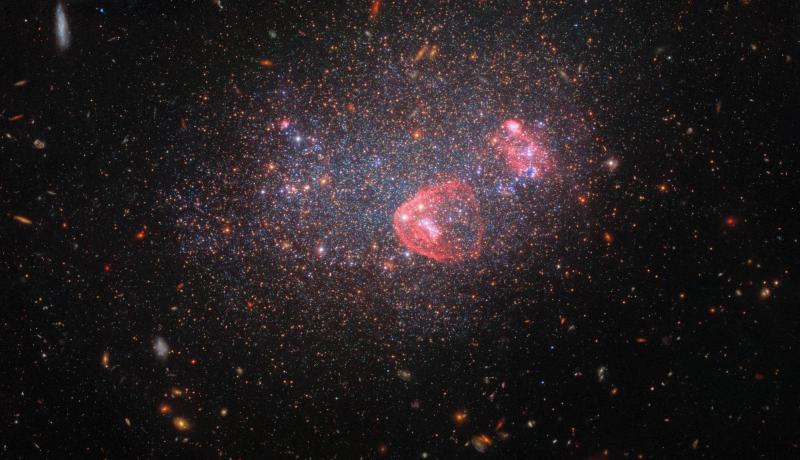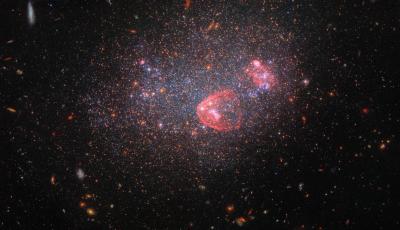The latest images from the Hubble Space Telescope reveal an astounding scene of a star cluster that resembles a cosmic snowball in the Large Magellanic Cloud. This star cluster, known as NGC 2210, is a closed star cluster (or globular star cluster) located in a dwarf galaxy that is a satellite of the Milky Way, known as the Large Magellanic Cloud (LMC).
Although NGC 2210 was first discovered in 1835 by John Herschel, the year 2023 marks the first time the Hubble Telescope, launched in 1990, has captured a complete image of this captivating globular cluster. The resulting image has significant scientific value and serves as a testament to the stunning beauty that exists within our universe.
This globular star cluster, located about 158,000 light-years from Earth, is estimated to be approximately 11.6 billion years old, making it relatively young compared to other globular clusters in the Large Magellanic Cloud, as well as the oldest globular clusters in the Milky Way halo. Ironically, this means that although NGC 2210 is about 2.2 billion years younger than the universe itself, it is actually one of the younger globular clusters being studied by astronomers in the Large Magellanic Cloud.
The star cluster NGC 2210 was originally discovered during a research campaign in 2017, which relied on some data used to create the image we see today.




